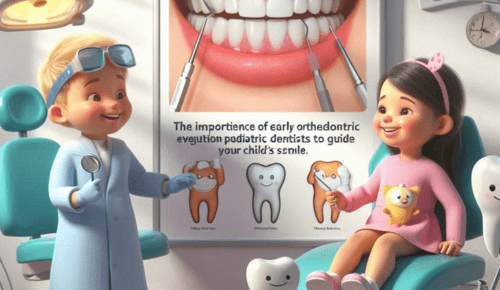
Gum Recession Treatment for a Healthier Smile and Less Tooth Sensitivity
Gum recession, also known as receding gums, is a condition where the gum tissue has pulled away from the teeth, exposing the roots. This happens because the gums and bones that support the teeth have been destroyed. Over time, as gum recession advances, more of the tooth’s root becomes exposed, making the tooth appear longer than normal.
Gum recession can be caused by:
Brushing too hard: Aggressive brushing can damage the gums over time by scraping away the gum tissue. Using a soft-bristled toothbrush and a gentler brushing technique helps protect the gums.
Periodontal (gum) disease: Bacterial plaque that is not removed through proper brushing and flossing can infect and inflame the gums, eventually destroying the bone and tissues that support the teeth. Periodical teeth cleaning by a dentist helps remove plaque and prevent periodontal disease.
Tooth grinding or clenching: Bruxism is the medical term for grinding or clenching of the teeth. It puts excess force on the teeth and gums and can lead to receding gums over many years. A mouth guard created by a cosmetic dentist can help protect the teeth and gums.
Systemic conditions: Diseases like diabetes can increase the risk of gum recession since it impairs the body’s ability to fight infections like gum disease. Maintaining good control of systemic conditions is important for oral health.
Options for Gum Recession Treatment
A professional cosmetic dentist offers a variety of options depending on the extent of the recession and a patient’s individual needs and dental health:
Gum Grafting/Crown Lengthening
For moderate-severe recession affecting multiple teeth, periodontal gum grafting may be recommended. Done in one or more appointments, this involves transplanting donated gum tissue to replace what was lost and cover exposed roots. It has a very high success rate at preventing further recession if combined with good home care. The dentist will determine if crown lengthening is also needed before the graft to ensure adequate tooth structure is present.
Dental Crown Placement
If a significant portion of a tooth is involved, the dentist may suggest a dental crown. Porcelain crowns (available in natural shades) are placed over the tooth to replicate the appearance of intact gums and cover sensitive roots for protection. Crowns also reinforce teeth at risk of fracture due to recession. They allow normal chewing without pain.
Fillings or Bonding
Composite resin bonding or fillings camouflage exposed tooth roots with natural-looking material. While less invasive than crowns or grafts, they require more maintenance over time as the material wears down. Professional dentists will discuss the right minimally invasive option based on a clinical exam and risk factors.
Toothpaste and Mouthwashes
Over-the-counter products containing potassium nitrate or prescription-strength formulas can temporarily relieve tooth sensitivity from recession until a more permanent solution like the above treatments is pursued. Dentists may recommend toothpaste or rinses to help manage symptoms in the interim.
Lifestyle Changes
Gentler brushing, flossing, changing to a softer toothbrush, using toothpaste designed for sensitive teeth, and avoiding abrasive foods/drinks can provide natural symptom relief when combined with treatment from a professional dentist. Wearing a custom-made night guard also protects teeth if bruxism is a cause.
Conclusion
In summary, gum recession treatment aims to eliminate tooth sensitivity, prevent further deterioration, and restore a healthier, more attractive smile through proven procedures customized to each patient’s specific needs. Cosmetic dentists will evaluate all factors and discuss the most suitable individualized plan based on clinical presentation and goals. Don’t hesitate to contact us to schedule an exam if recession concerns need addressing.



